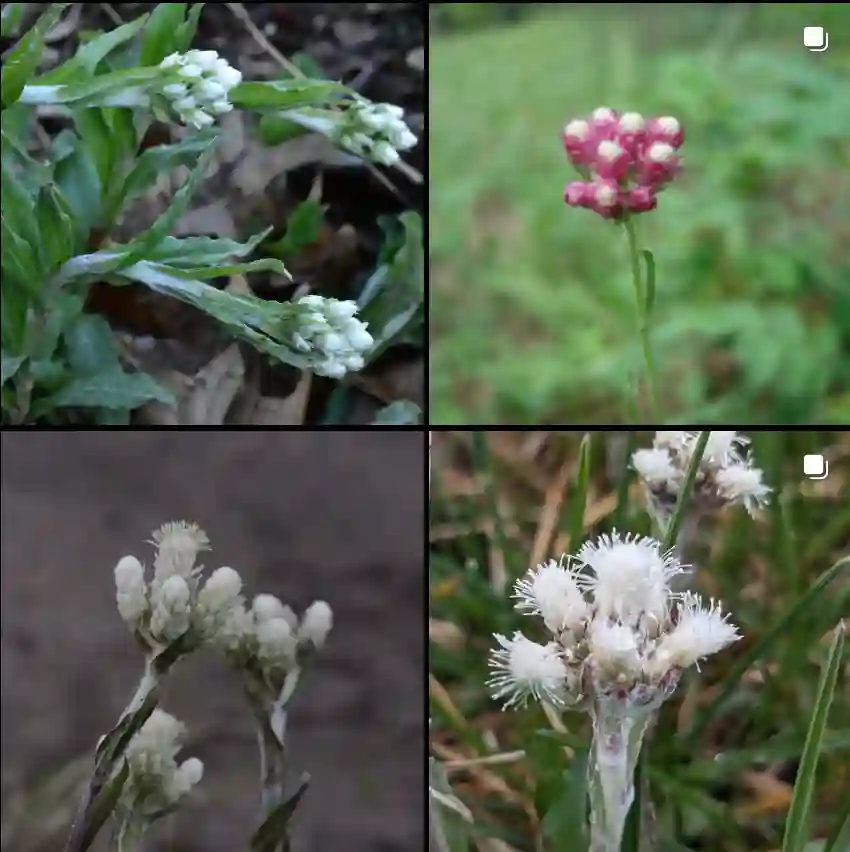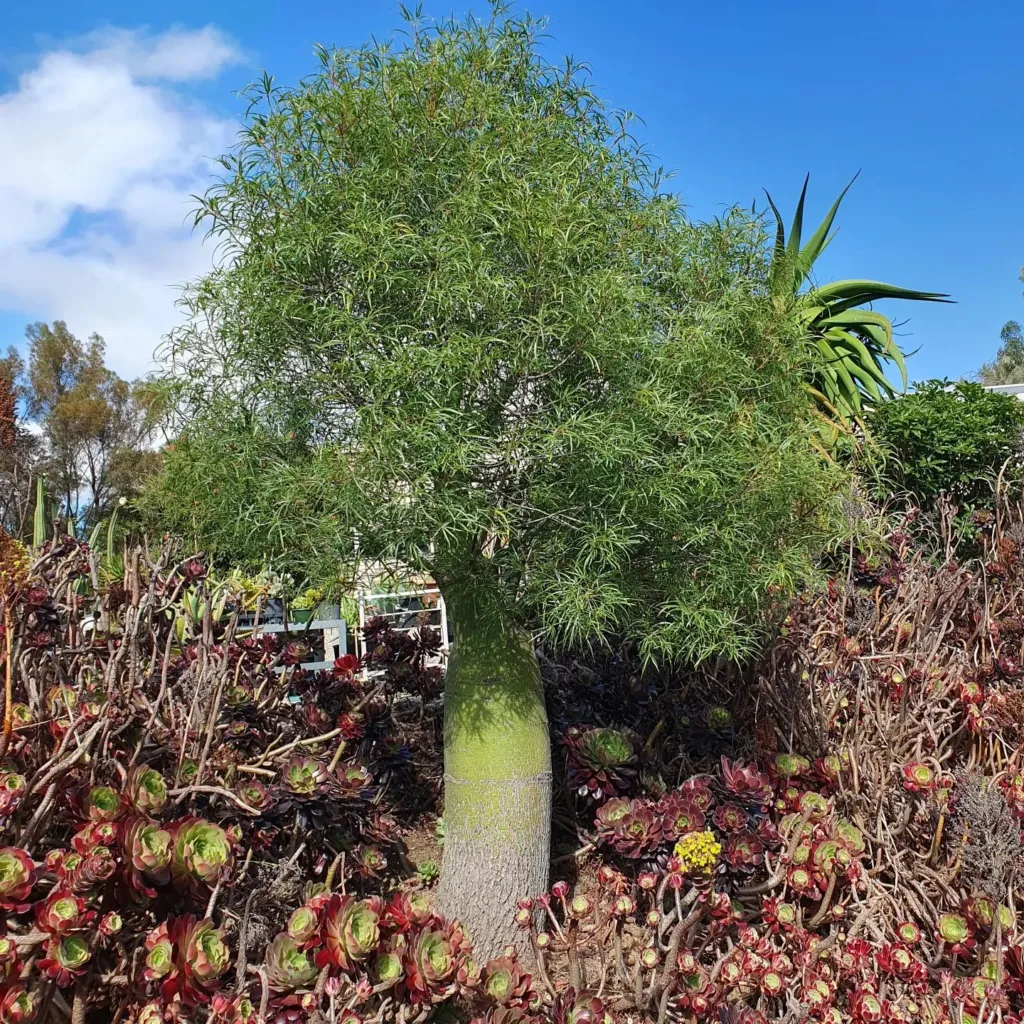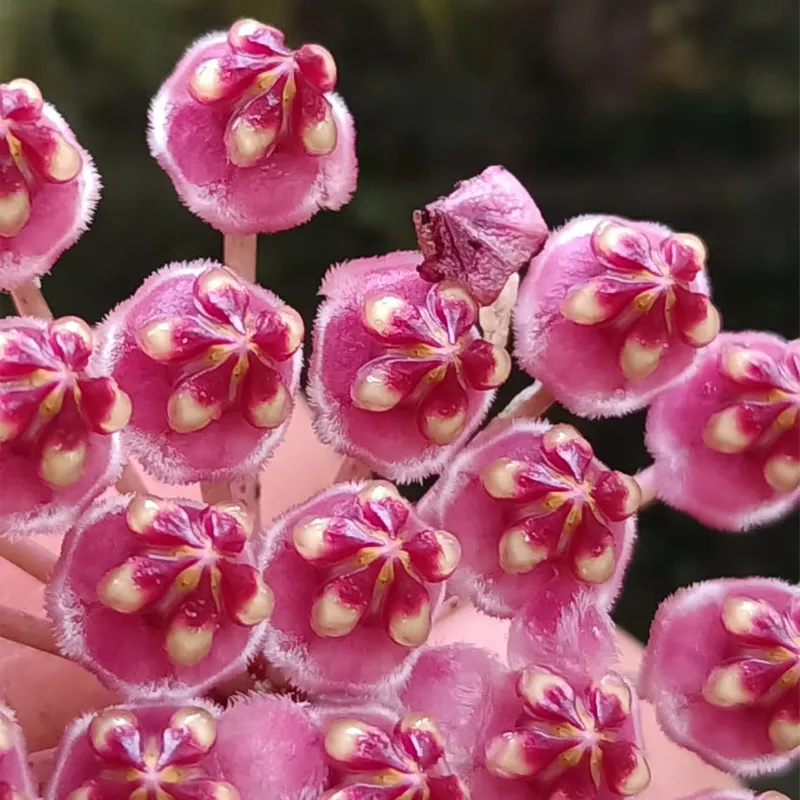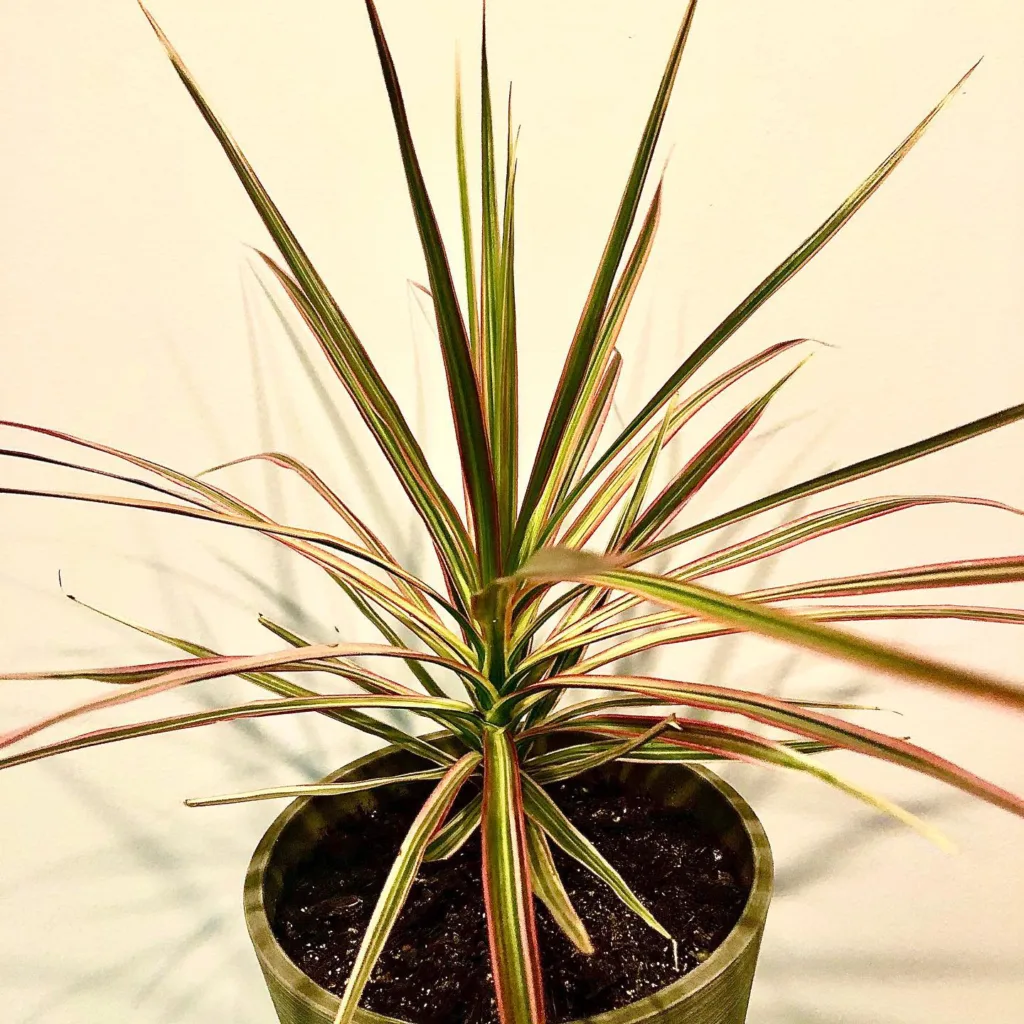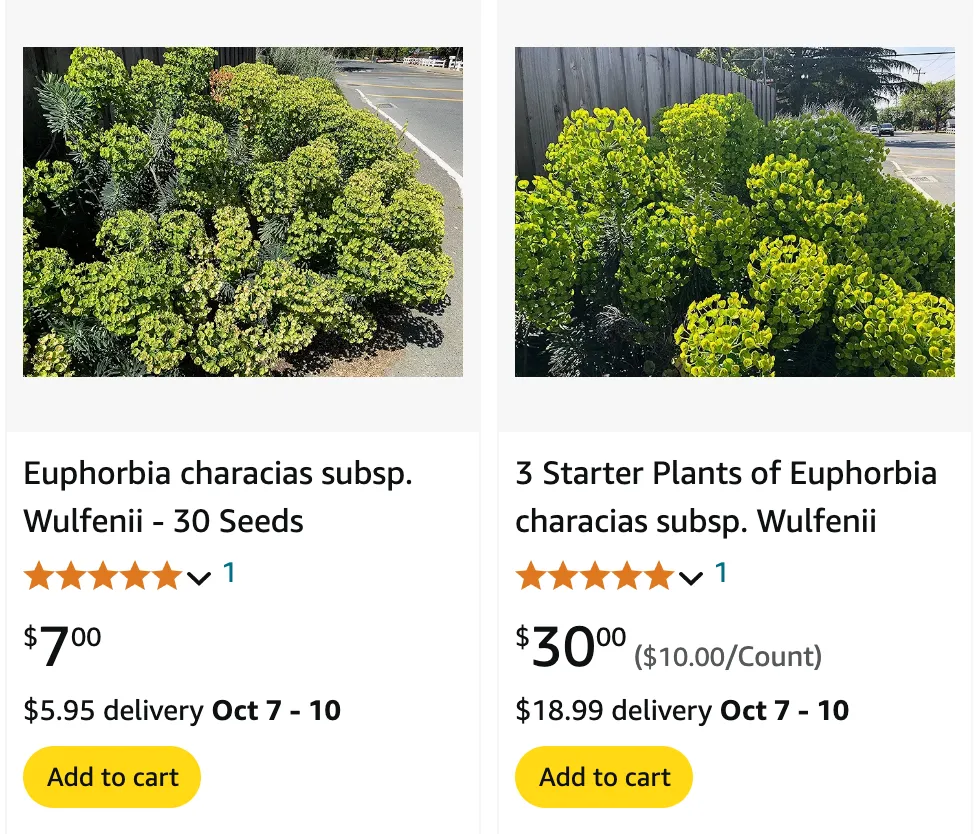
FAQs About Euphorbia Wulfenii
I’ve had my fair share of experiences with Euphorbia Wulfenii, and over time, I’ve collected quite a few questions and answers about this intriguing plant. If you’re thinking about adding this striking perennial to your garden, or if you already have one, here’s a comprehensive guide based on common FAQs and my personal insights.
2093 Species in Genus Euphorbia
What is Euphorbia Wulfenii?
Euphorbia Wulfenii, also known as Wulfen’s Spurge, is a perennial plant native to the Mediterranean region. It’s renowned for its striking, lime-green flowers and its attractive foliage. This plant can reach heights of up to 3 feet, making it a standout feature in any garden. It thrives in well-drained soil and enjoys full sun to partial shade.
Is Euphorbia Wulfenii Toxic?
Yes, Euphorbia Wulfenii is toxic to both humans and pets, including dogs. The plant contains a milky, latex-like sap that can cause irritation if it comes into contact with the skin or is ingested. For dogs, this can lead to symptoms such as vomiting, diarrhea, or drooling. It’s essential to keep this plant out of reach of pets and children. If you suspect that your dog has ingested any part of the plant, contact your veterinarian immediately.
Can Euphorbia Wulfenii Cause Cancer?
There’s no substantial evidence linking Euphorbia Wulfenii directly to cancer. However, the plant’s sap can be irritating and potentially harmful if ingested or if it comes into contact with the eyes or skin. It’s always best to handle the plant with care and avoid direct contact with the sap.
How to Grow Euphorbia Wulfenii?
Growing Euphorbia Wulfenii is relatively straightforward, provided you meet its basic needs. It prefers well-drained soil and a sunny location. Once established, it’s quite drought-tolerant, making it a good choice for low-maintenance gardens. Plant it in a spot where it gets plenty of sunlight, and ensure the soil doesn’t retain excessive moisture to prevent root rot.
How to Propagate Euphorbia Wulfenii?
Propagation of Euphorbia Wulfenii can be done through seeds or cuttings. Seeds should be sown in well-drained soil in early spring. They need light to germinate, so just press them gently into the soil and keep them moist. For cuttings, take stem cuttings in late summer or early autumn. Let the cuttings dry out for a day or two before planting them in a well-draining potting mix.
When to Prune Euphorbia Wulfenii?
Pruning Euphorbia Wulfenii is best done in late winter or early spring before new growth begins. This is the ideal time to remove any dead or damaged stems and to shape the plant. Regular pruning helps maintain its compact form and encourages better flowering.
How to Prune Euphorbia Wulfenii?
To prune Euphorbia Wulfenii, use clean, sharp scissors or pruning shears. Start by cutting back any dead or damaged stems. Then, trim the plant to maintain its desired shape. Be cautious of the sap, which can irritate the skin. Wearing gloves while pruning is a good practice to avoid any contact with the sap.
What to Plant with Euphorbia Wulfenii?
Euphorbia Wulfenii pairs well with various companion plants. Consider planting it with other drought-tolerant perennials such as lavender, salvia, or ornamental grasses. The lime-green color of Euphorbia Wulfenii contrasts beautifully with the purple and blue hues of these plants. Additionally, it can be combined with low-maintenance shrubs like dwarf lavender or rosemary.
Common Problems with Euphorbia Wulfenii
One common problem with Euphorbia Wulfenii is root rot, especially if the soil is too wet. Ensure proper drainage to prevent this issue. Another potential problem is aphids, which can infest the plant and cause distortion in the leaves. Regular inspection and using insecticidal soap can help manage aphid populations.
Compare with Other Euphorbias
Euphorbia Wulfenii is often compared to other Euphorbia varieties like Euphorbia Characias and Euphorbia Polychroma. While all these species share the characteristic milky sap, Euphorbia Wulfenii is noted for its taller growth and lime-green flowers, whereas Euphorbia Characias has a more subdued color palette and a bushier form.
Can You Grow Euphorbia Wulfenii Indoors?
Euphorbia Wulfenii is best suited for outdoor cultivation. It requires ample sunlight and well-drained soil, conditions that are challenging to replicate indoors. If you live in a climate where outdoor growth is not feasible, consider growing it in a conservatory or a greenhouse where it can receive adequate light and ventilation.
How to Care for Euphorbia Wulfenii?
Caring for Euphorbia Wulfenii involves ensuring it gets enough sunlight and well-drained soil. Water it moderately, allowing the soil to dry out between waterings. Fertilize it lightly in the spring to support new growth. Regular pruning and monitoring for pests will help keep the plant healthy and attractive.
By addressing these common questions and concerns, I hope you’ll find it easier to care for your Euphorbia Wulfenii and enjoy its unique beauty in your garden.
If i die, water my plants!
